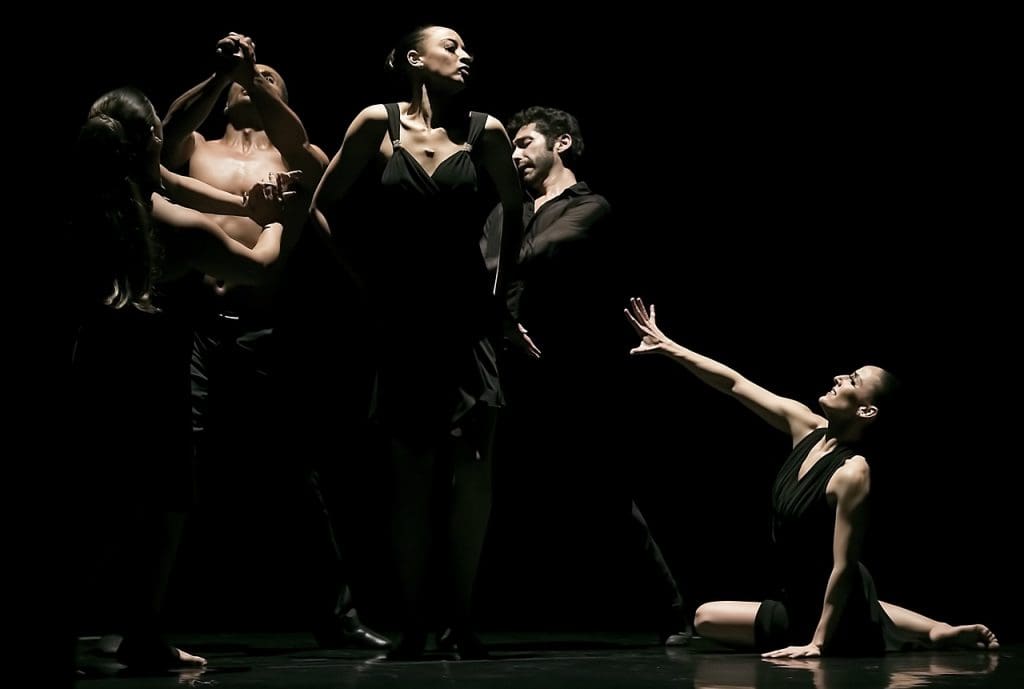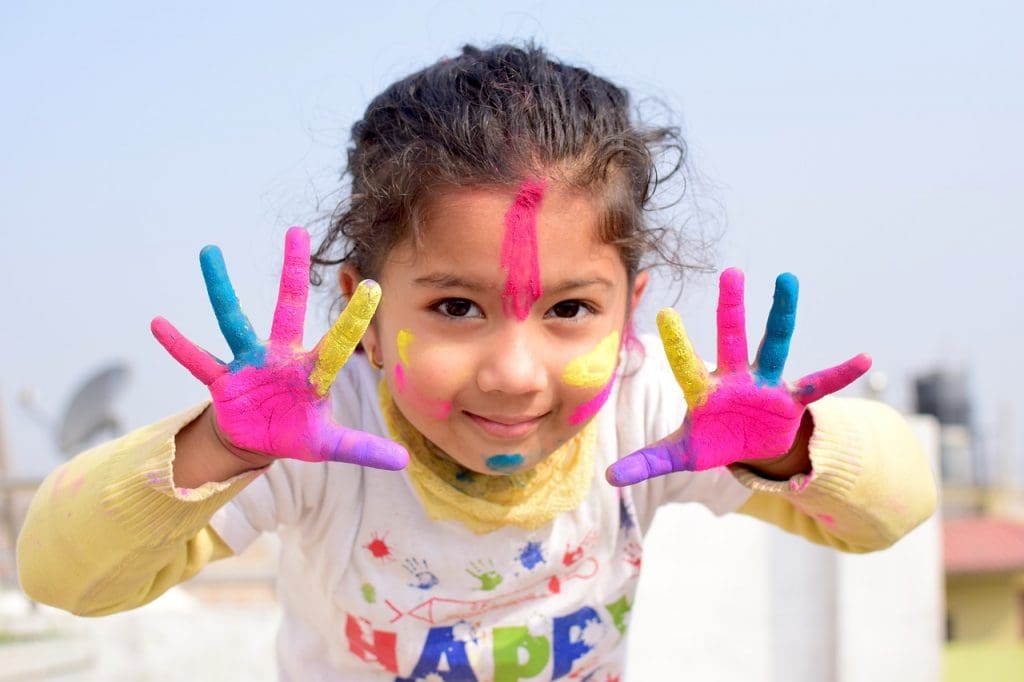Estimated reading time: 4 mins
Mental wellbeing is an important part of our lives and it’s been proven that the arts can help us to boost our mental health. The arts are a great way to express ourselves, give us a sense of purpose, and even act as a form of therapy. But how exactly do the arts boost our mental wellbeing?
In this article, I’ll be exploring how art can benefit our mental wellbeing, looking at some case examples to illustrate their effectiveness. From painting and music to digital media and theatre, I’ll explain why engaging with the arts can improve both our physical and mental health.
Firstly, let’s look at what we mean by ‘the arts’. The term ‘the arts’ covers many different disciplines including visual art such as painting and sculpture; performing art such as theatre, dance and music; literature including poetry and novels; film making; photography; animation; digital media such as gaming, apps or websites; crafting like knitting or needlework; and architecture. Anything subjective!
The beauty of the arts is that they offer something for everyone – no matter what age you are or what your interests are there will be a creative activity that you can enjoy. And engaging with them has been found to have numerous benefits for our mental wellbeing. So let’s explore some of these in more detail…

One way in which engaging with the arts boosts our mental wellbeing is through self-expression. The process of creating something in any form – from writing a poem to sculpting clay – provides an outlet for emotions which might otherwise remain locked inside us if we didn’t have somewhere safe to express them. This is particularly beneficial when dealing with difficult feelings like anger or sadness which can often be hard to put into words – creating something tangible instead gives us control over how we deal with those emotions without having to talk about them directly if we don’t feel ready yet.
This was certainly true in the case of one man who had suffered from PTSD following his experience in Afghanistan during Operation Herrick 14 (2005–2009). He found he could express his feelings better through drawing than talking about his experiences – leading him on an artistic journey which eventually led him back into education where he trained as an Art Therapist, so he could use his own experience to help others using art therapy techniques.
Another way in which engaging with the arts benefits our mental wellbeing is by providing a distraction from daily stresses and worries, whilst also providing a sense of accomplishment when completing projects or pieces of work. Doing something creative helps take your mind away from negative thoughts, whilst also giving you something positive to focus on instead – enabling you to relax more effectively after periods of intense stress or pressure without having to resorting to unhealthy coping mechanisms, such as drinking alcohol excessively or comfort eating etc..


This was certainly true for one woman who had suffered with severe anxiety due mainly to her job and working long hours under high levels of stress – leaving her feeling overwhelmed by life’s demands, but unable to switch to off enough at night time in order to get good quality sleep each night After trying various relaxation techniques that didn’t seem suitable for her lifestyle, she decided, instead, to try painting – finding it much easier to break down tasks into smaller chunks, plus getting immediate feedback from finished products like landscapes gave her real tangible evidence that she was achieving goals She found that this approach enabled her to switch off much easier than before, plus she noticed other benefits too – like being able to reduce time spent worrying about things going wrong because if things did go wrong then she could just start again.
Finally, participating in activities like painting, sculpting or playing music has been linked increased levels dopamine production – one of the main neurotransmitters responsible for mood regulation within body. In fact, research has shown that these activities lead to greater reductions of depression symptoms, compared with traditional therapies and medication-based treatments. As well as improving moods directly, increasing dopamine levels also leads to improved cognitive functioning – meaning people engage more actively when learning new skills and whilst also helping concentration levels to focus tasks more effectively.
An example this occurred recently when a group of retirees started taking weekly painting classes together at a small local school hall near their village. Despite never having picked up a brush before, they were encouraged to create whatever wanted – leading them to discover hidden talents and unleash creativity that they never knew existed within themselves! Not only did paintings look better each week but participants reported feeling calmer and happier in general, thanks to increased dopamine production. Plus they all enjoyed the social interaction aspects of the class too, leading to stronger friendships among group members afterwards.
Conclusion
To summarise, art forms provide plenty of opportunities to boost mental wellbeing by helping individuals cope with stressful situations, better enabling them to express themselves freely and safely, providing distractions from daily worries, plus increasing dopamine production for overall mood improvement. So why not give yourself a chance to explore some creative activities that will make a difference to your own life today?
